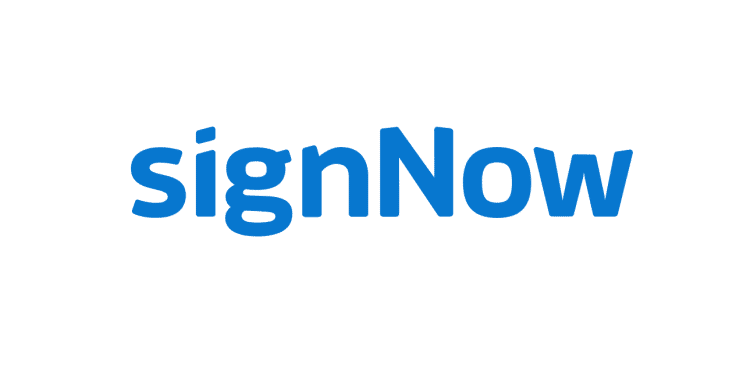JavaScript frameworks have become indispensable tools for web developers, providing essential building blocks, patterns, and abstractions to streamline the process of creating web applications. Choosing the right JavaScript framework can significantly impact your project’s success, maintainability, and scalability. In this article, we will explore the best JavaScript frameworks to use in 2024, discussing their features, advantages, and use cases to help you make an informed decision for your next project.
- React
React, developed by Facebook, is a popular JavaScript library for building user interfaces. With its component-based architecture, React allows developers to create reusable UI components, making it easier to manage complex applications. Key features of React include:
- Virtual DOM: Enables faster and more efficient updates to the UI by only re-rendering the components that changed.
- One-way data binding: Simplifies debugging and tracking data flow within the application.
- Strong community support: React has a vast ecosystem and numerous resources, making it easier to find solutions to common problems.
- Angular
Angular, developed by Google, is a powerful open-source TypeScript-based framework for building dynamic web applications. Angular is known for its robust set of features and flexibility, which include:
- Two-way data binding: Reduces the need for manual updates between the view and the model.
- Dependency injection: Promotes modularity and testability by allowing components to request dependencies.
- Component-based architecture: Encourages reusable, maintainable, and testable code.
- Angular CLI: Offers a command-line interface for generating, building, and deploying Angular applications.
- Vue.js
Vue.js, created by Evan You, is a progressive JavaScript framework that is easy to integrate with other projects and libraries. Vue.js has gained popularity due to its simplicity, flexibility, and performance. Key features include:
- Virtual DOM: Similar to React, Vue.js uses a virtual DOM to optimize UI updates.
- Reactive data binding: Automatically updates the view when the model’s data changes.
- Small size: Vue.js has a minimal file size, resulting in faster load times and improved performance.
- Growing ecosystem: Vue.js is continually expanding, with a growing number of libraries, plugins, and resources available.
- Svelte
Svelte, created by Rich Harris, is a relatively new JavaScript framework that has gained attention for its unique approach to building web applications. Unlike other frameworks that perform most of their work in the browser, Svelte compiles your code into efficient vanilla JavaScript during the build process. Svelte’s key advantages include:
- No virtual DOM: Svelte updates the actual DOM directly, resulting in faster updates and improved performance.
- Small bundle size: Since Svelte compiles to vanilla JavaScript, the resulting bundle size is often smaller than that of other frameworks.
- Reactive programming: Svelte enables a reactive programming model that automatically updates the UI when data changes.
- Ease of learning: Svelte’s syntax and concepts are relatively simple, making it easier to learn and adopt for developers.
- Next.js
Next.js, developed by Vercel, is a popular framework built on top of React. It offers server-rendered React applications with minimal setup, making it an excellent choice for developers looking to improve the performance of their React applications. Next.js offers several benefits:
- Server-side rendering (SSR): Improves performance, search engine optimization (SEO), and the overall user experience by rendering pages on the server.
- Automatic code splitting: Optimizes page loading by only loading the JavaScript needed for each specific page.
- Static site generation (SSG): Enables the creation of static pages that can be served without a server, resulting in faster load times and better performance.
- API routes: Provides a simple way to create serverless API endpoints within your application.
- Extensible: Next.js offers a plugin system that enables easy integration with other tools and services.
- Nuxt.js
Nuxt.js, inspired by Next.js, is a framework built on top of Vue.js that simplifies the development of universal or server-rendered Vue.js applications. Nuxt.js provides a set of features and abstractions that make it easier to create performant, SEO-friendly, and maintainable applications. Key benefits of Nuxt.js include:
- Server-side rendering (SSR): Enhances performance, SEO, and user experience by rendering pages on the server.
- Static site generation (SSG): Allows for the creation of static pages that can be served without a server, leading to faster load times and improved performance.
- Modular architecture: Nuxt.js features a modular system that makes it easy to extend the core functionality with plugins and modules.
- Automatic code splitting: Optimizes page loading by only loading the JavaScript needed for each specific page.
- Vue.js compatibility: Nuxt.js is built on top of Vue.js, so developers familiar with Vue.js can quickly adapt to Nuxt.js.
Conclusion
The landscape of JavaScript frameworks in 2024 is diverse and feature-rich, with each framework offering unique advantages to cater to different development needs. React, Angular, and Vue.js continue to be the most popular choices, while Svelte, Next.js, and Nuxt.js offer innovative approaches and additional features for specific use cases. The best JavaScript framework for your project will depend on factors such as project requirements, team expertise, and personal preferences. By evaluating the strengths and weaknesses of each framework, you can make an informed decision and maximize your project’s success.

